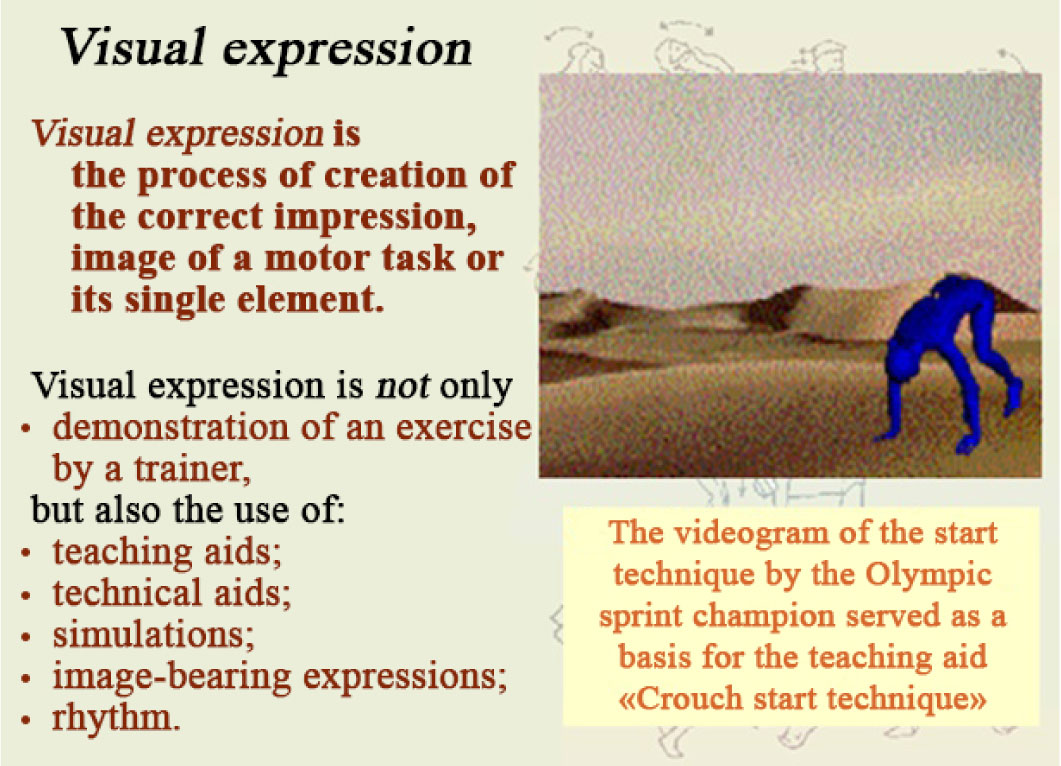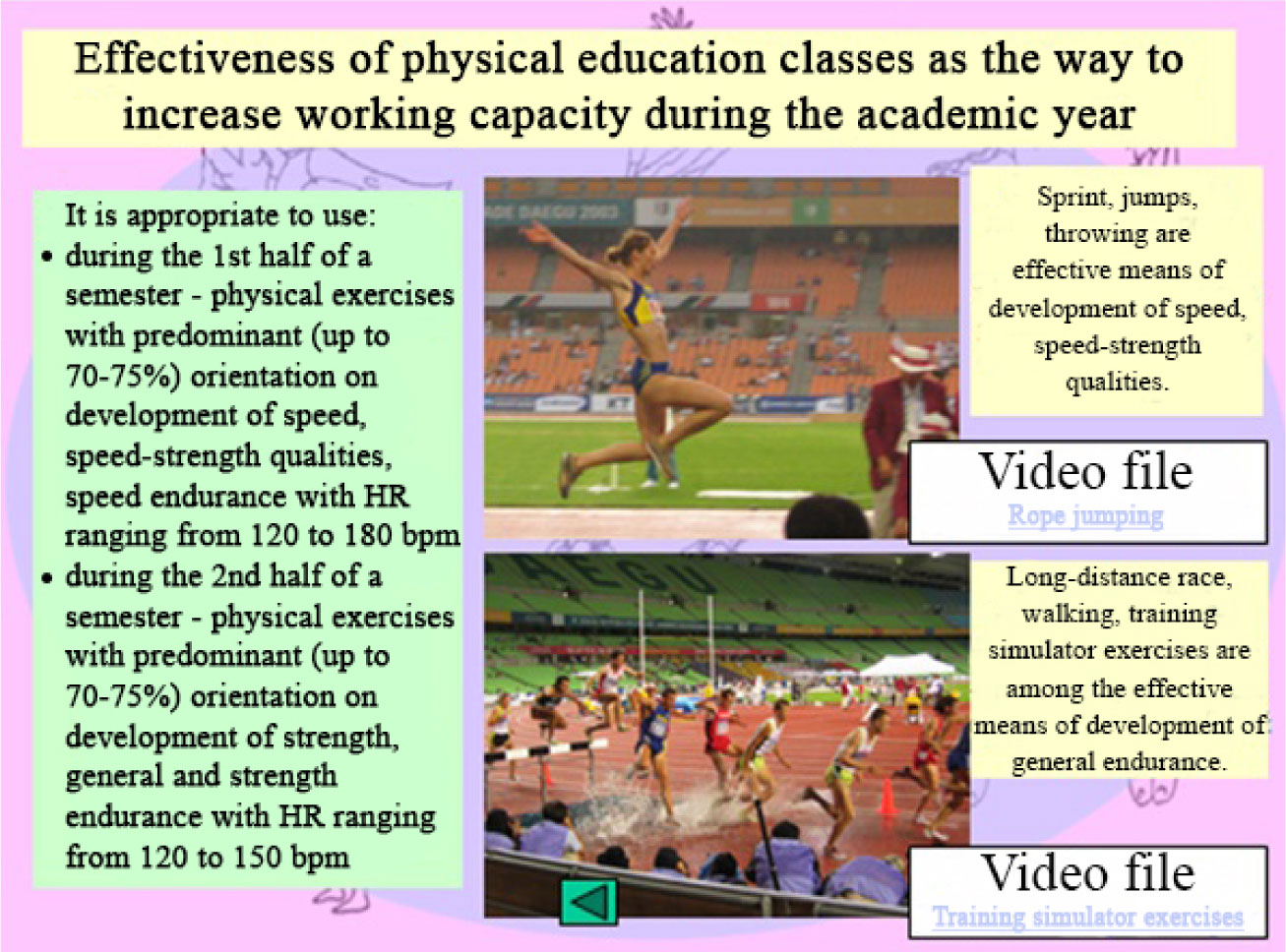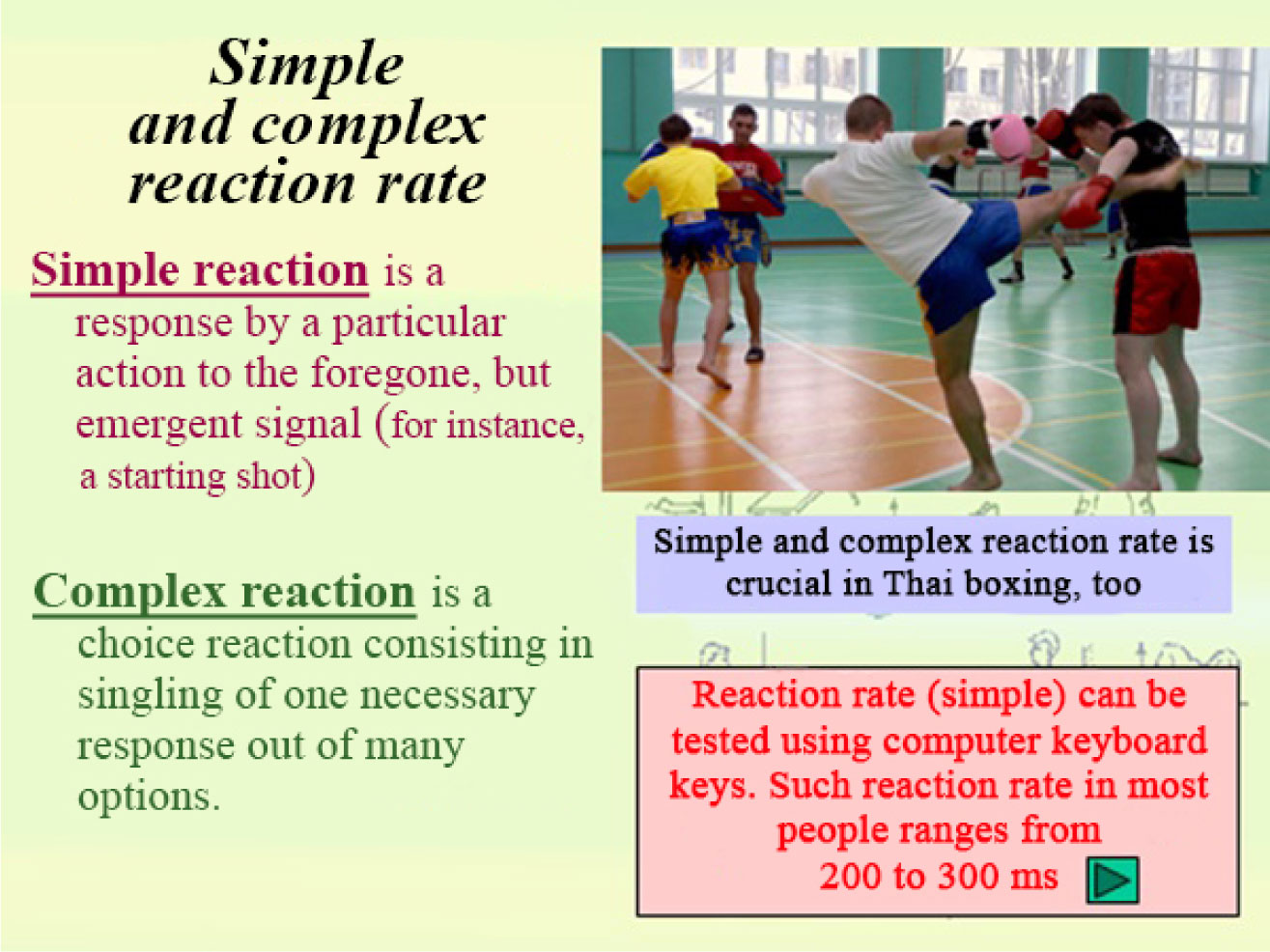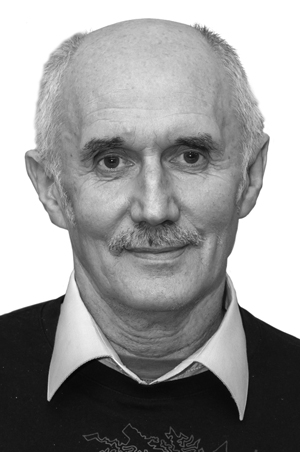E-Book on the Discipline "Physical Education"
Фотографии:
ˑ:
V.Yu. Volkov, professor, Dr.Hab
L.M. Volkova, professor, Ph.D.
N.G. Lutchenko, professor, Ph.D.
St. Petersburg State Polytechnic University, St. Petersburg
Key words: e-book, information technologies, health of students, computer programs.
Relevance. Despite their progressive character, socio-economic transformations, taking place in our country, created a lot of problems that negatively affect the national health in general and of students in particular.
As it is known, human health is one of the most difficult and complex problems of modern science. Health is an essential and integral indicator, it reflects biological and personal characteristics, socio-economic situation in the country, educational conditions, environmental quality, level of development of medicine, etc.
Nowadays, the worrying data on the systematic deterioration of health of the younger generation, reduced physical and functional fitness of students have become common. This day, almost all diseases "have grown young", and "unhealthy generation" is entering upon life now.
Physical education, as a part of the university educational process, holds the key position in the system of recreational activities for students. From our point of view, one of the main causes of health problems among students is the lack of relevant information and analysis of the effectiveness of physical education techniques applied.
We believe, today's progressive tendencies in physical education consist not in the intensification of the educational process, but in the use of information support of psychophysical educational and extracurricular activities on physical education of students by means of computer technologies.
The use of information technologies in physical education does not exclude its traditional principles, on the contrary, it generates new deductive principles (of individualization, parallelism, modularity, etc.). The opportunities of information educational environment, methodically developed contextual help and always available information promote student’s motivation thus contributing to sustainable development of skills of a future specialist.
Purpose and objectives of the research. Choosing an optimal courseware remains a pressing problem. We believe the most promising directions of use of information technologies in the university system should be considered when addressing this issue.
The first approach is based on the use of intelligent learning systems, which involves the use of databases, knowledge bases, expert learning systems.
The second approach involves the use of hypermedia system, electronic books, improvement of educational software methods, automated learning systems.
Materials and methods. Due to the relevance of the issue of creation of an e-book, we used active methods that enabled us to recommend the most optimal ways to study theoretical and methodical and practical aspects of physical education. Organization of the research on development and implementation of the e-book on the discipline "Physical education" was carried out by the Inter-university Center of Physical Culture of SPbSPU.
Results and discussion. The e-book contains theoretical and methodological material, a set of test questions aimed to learn and consolidate theory. Theoretical and methodological material of the e-book is decomposed into information units consisting of text, graphical, animation, audio- and video fragments.
We believe that among the tasks of physical education are: timely evaluation and determination of the changes in physical fitness of students, assessment of these changes, prediction and working out of methodological recommendations as for top-priority goals of optimal health-improving training, prevention and elimination of possible negative processes right in the course of performing health-improving exercises [9]. In the meantime, the knowledge base on the effectiveness of the State program on the discipline "Physical education" is currently underdeveloped, and the system of indicators, from which the conclusion on its realization is inferred, for the most part includes physical fitness tests without estimation of the level of knowledge acquired during training on the discipline "Physical education", and lacks any kind of confirmation of the fact that students understand the significance of physical education classes.
At the same time, the humanistic dimension of the modern paradigm of education aims at personalization of education. The results of the research conducted in the sphere of pedagogical psychology and pedagogics [1] prove that the use of personality-centered educational technologies leads not only to the acquisition of knowledge, skills, and competencies, but also to the enhancement of intellectual capacity of an individual, and appear to be nature-aligned and health saving.
The process of modernization of Russian education generated the need for changes in the system of higher professional education. The Federal State Educational Standard (FSES-3) of 2012 was the part of this process.
It is well known that human health depends mostly on person’s lifestyle, and it is man himself and his/her life suggestions that are crucial for preservation and promotion of health. A student should understand that in order to improve his health, conscious and purposeful work is to become his primary goal, as it is he who is responsible for his own health.
Basing on the accumulated experience of various innovations, and on the study of the impact of the domestic and foreign schools on educational technologies, the members of the Interuniversity Center of Physical Culture and the instructors of the Department of Physical Education and Sport worked out more than 20 software programs, evolved the concepts of development and implementation of these programs in the educational process on physical education, which we had presented earlier in our article in the journal "Teoriya i Praktika Fizicheskoy Kultury” [3].
In practice, these software programs have formed a template for the e-book on the discipline "Physical education", and now it is highly recommended for university students by the Scientific Methodical Council of Physical Culture of the Ministry of Education and Science of the Russian Federation. Along with the online version of the book, its printed equivalent was also published [5]. This print book is a tribute to the traditional knowledge representation, a bridge to the online version of the material, due to which a student is able not only to gain the basic scope of knowledge on the discipline in an intelligible form and with visual demonstration, but also to evaluate separate parameters of his physical and mental states by means of the embedded programs.
The e-book is meant for studying the theory of physical culture, allows increasing the volume of independent work of a student, and developing self-education skills, including leading a healthy lifestyle.
Each topic of the book is followed by a list of reading suggestions and a set of test questions for a student to estimate the level of his knowledge. The e-book is available in PowerPoint. Since 2003 our e-book was implemented in educational process of more than 30 universities of St. Petersburg, as well as other cities of Russia, Belarus and Ukraine.
The primary goal of the e-book is to increase the effectiveness of higher education, and to ensure the large-scale implementation of the innovative technology, it is patterned after the textbook [6] and study guides approved by the Ministry of Education and Science of the Russian Federation [4,7], besides, it is now being adjusted basing on the new textbook on physical education for undergraduates [2].
The e-book includes the following basic essentials (the illustrations represent the screen shots of the actual e-book):
- visual expression of objects and processes;
- computerized modeling of objects, processes, movements (Fig. 1).

Fig.1. Multimedia presentation of running technique
- audio comments of the text-writers;
- inclusion of audio- and video files representing techniques of physical exercises (Fig. 2);
- insertion of context help, links (hypertext);
- fast complex calculations (Fig. 3);
- in-process self-control of physical fitness level;
- development of individual recommendations on training, nutrition, recreational programs, basics of a healthy lifestyle, etc.

Fig. 2. Inclusion of video files of World University Championship

Fig. 3. The use of program for motor response evaluation
- promptness of switching from one chapter under study to another;
- possibility to choose the order of the learned units;
- printing out of files, graphs, diagrams, hard copies and so on;
- animation of the objects, mechanisms and motion modes under study (Fig. 1);
- registration of the level of physical fitness of trainees and their knowledge control in the sphere of physical culture, etc.
The expertise in both the subject matter and the field of information technologies was required in the course of development of the e-book [8].
While learning the material, the monitor screen comes as a tutor explaining this material in detail and accompanying it with lively illustrations.
The e-book implemented in educational process enables:
- to maintain the focus on meeting the Federal State Educational Standard of higher professional education;
- to provide students with relevant information basing on the modern domestic and foreign progress;
- to optimize the structure of educational process;
- to develop self-study and self-education skills;
- to assure different rates of learning depending on trainees' abilities and capacities, to increase their interest in learning;
- to promote teaching activity of a trainer;
- to develop precise computer-aided diagnosis of physical fitness and knowledge level of students;
- to monitor the effectiveness of individual work of students;
- to enter new up-to-date data on different issues of physical culture and sport.
Hence, the designed e-book can be treated as a special "penetrating" technology, which includes both the analysis and the use of the latest achievements in science and technology and the modernization of existing educational systems.
Conclusions. The next stage of the introduction of information technologies in the educational process on "Physical Education" is to involve students in independent development of the elements of study guides. Students prepare training presentations in accordance with their sport specializations, and those with health deviations - in accordance with their diseases and health improvement by means of physical culture. One of the main results of such educational work is the increase of students' performance in studying the issues of physical culture, healthy lifestyle, and developing of students’ conscious positive attitude to application of means of physical culture in their everyday life.
References
- Afanas'eva, I.B. Cognitive-centered learning technologies in a technical university / I.B. Afanas'eva, A.I. Bezhanova, O.V. Merkulova // Health - the basis of human development: problems and their solutions: Proceedings of the 7th All-Russia theor.-practical conf. with int. participation. – 2012. V. 7, in 2 Parts. – P. 117–119. (In Russian)
- Vilensky, M.Ya. Physical culture: textbook: 2nd ed., ster. / M.Ya. Vilensky, V.Yu. Volkov, D.N. Davidenko et al. – Moscow: KRONUS, 2013. – 424 P. (In Russian)
- Volkov, V.Yu. Computer technologies in physical culture, recreational activity and educational process //Teoriya i praktika fizicheskoy kultury. – 2001. – № 4. – P. 15–19 и № 5. P. 20–28. (In Russian)
- Volkov, V.Yu. Physical education: study guide to prepare for examinations / V.Yu. Volkov. – St. Petersburg: Piter, 2004. – 224 P. (In Russian)
- Volkov, V.Yu. Physical education / V.Yu. Volkov, L.M. Volkova // Printed version of the e-textbook: 3rd ed., rev. and sup. – St. Petersburg: SPbSPU, 2010. – 322 P. (In Russian)
- Il'inich, V.I. Student's physical culture / V.I. Il'inich. – Moscow: Gardariki, 2003. – 448 P. (In Russian)
- Novosel'tsev, O.V. Medical- pedagogical control and means of recovery of athletes: study guide / O.V. Novosel'tsev, V.A. Schegolev, A.G. Schurov et al. – St. Petersburg: AIPC, 2010. – 228 P.
- Tsikin, I.A. Training and conducting courses in correspondence - distance learning / T.A. Tsikin. – St. Petersburg: SPbSPU, 2000. – 126 P. (In Russian)
- Schegolev, V.A. Socially-centered technologies of control of physical education of university students / V.A. Schegolev // Problems of physical education of young students today. – St. Petersburg, 2011. – P. 117–127. (In Russian)
Corresponding author: piskun@imop.ru



 Журнал "THEORY AND PRACTICE
Журнал "THEORY AND PRACTICE